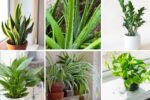If you love cooking, nothing beats the satisfaction of using fresh, homegrown spices to add depth and flavor to your meals. Growing spices indoors means you can enjoy their aroma, taste, and health benefits all year round — without needing a garden or a large outdoor space. With the right care, these edible plants thrive beautifully on windowsills, kitchen counters, or in small pots under grow lights.
Here’s a guide to 10 easy-to-grow edible spices that are perfect for indoor gardening, along with tips to help them flourish.
1. Coriander (Cilantro)
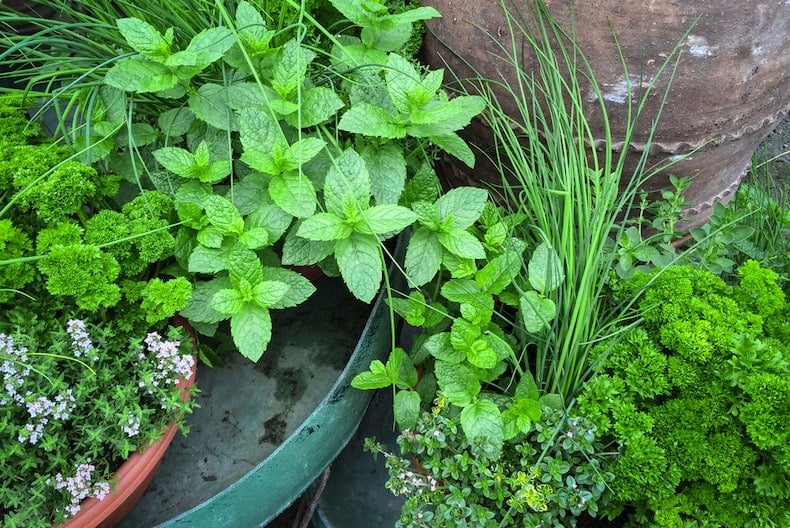
Coriander is a dual-purpose plant: its leaves (cilantro) add fresh flavor to dishes, while the seeds are used as a warm, earthy spice. Indoors, coriander grows well in a sunny spot with at least 4–6 hours of sunlight daily. It prefers well-draining potting soil and moderate watering, keeping the soil slightly moist but never soggy.
Pro Tip: Harvest the leaves regularly to encourage fresh growth, or allow the plant to flower and set seeds for coriander spice.
2. Turmeric
This golden spice is famous for its earthy taste and anti-inflammatory benefits. Indoors, turmeric grows from rhizomes (similar to ginger) planted in wide pots. Use rich, loamy soil and keep it consistently moist. Place it in a warm location with indirect sunlight.
Harvesting: It takes 8–10 months to mature. Once the leaves turn yellow, dig up the rhizomes, wash, and dry them before grinding into powder.
3. Ginger
Fragrant and zesty, ginger is easy to grow indoors in a deep container. Plant a fresh, plump ginger rhizome with its buds facing up, about 2 inches below the soil surface. Keep it in warm, humid conditions with filtered light.
Pro Tip: Ginger loves slightly moist soil — too much water can cause rot. After 6–8 months, you can harvest sections of the rhizome while leaving the rest to regrow.
4. Basil (for seeds & leaves)
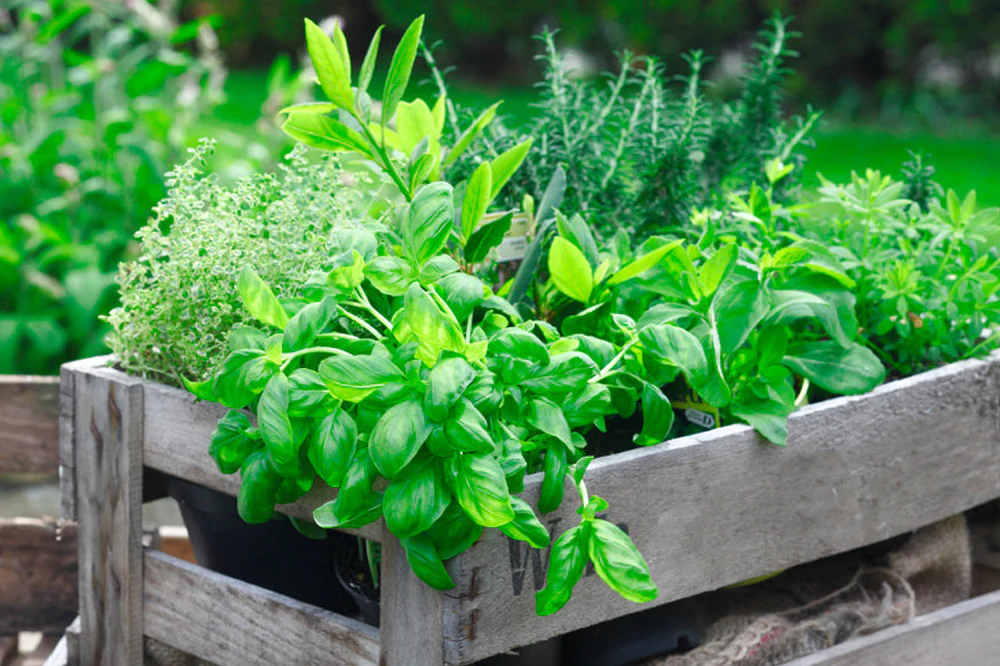
Basil is more than just an herb — its seeds (sabja or tukmaria) are used in drinks and desserts. Basil thrives in full sun (6–8 hours a day) and needs a light, well-draining potting mix. Water when the top inch of soil feels dry.
Harvesting: Pinch the top leaves regularly to promote bushier growth. For seeds, let some flowers mature and dry before collecting.
5. Fenugreek (Methi)
Fenugreek seeds are aromatic, with a slightly bitter-sweet taste, and its fresh leaves are delicious in curries and stir-fries. Indoors, sow seeds in shallow containers with good drainage. They germinate quickly (in 3–5 days) and can be harvested as leaves in 20 days, or left to mature for seeds in 3–4 months.
Pro Tip: Regular trimming of leaves encourages a longer harvest period before the plant bolts.
6. Chili Peppers (for dried spice flakes)
Chili peppers not only add spice to your food but also bring a pop of color to your indoor garden. They need bright light — a south-facing window or grow light is ideal. Use rich, slightly acidic soil and keep watering moderate.
Harvesting: Once ripe, dry the peppers in a warm spot, then grind into chili powder or flakes. Indoor-grown chilies often have a more intense flavor due to controlled conditions.
7. Mint (for seeds & dried leaves)
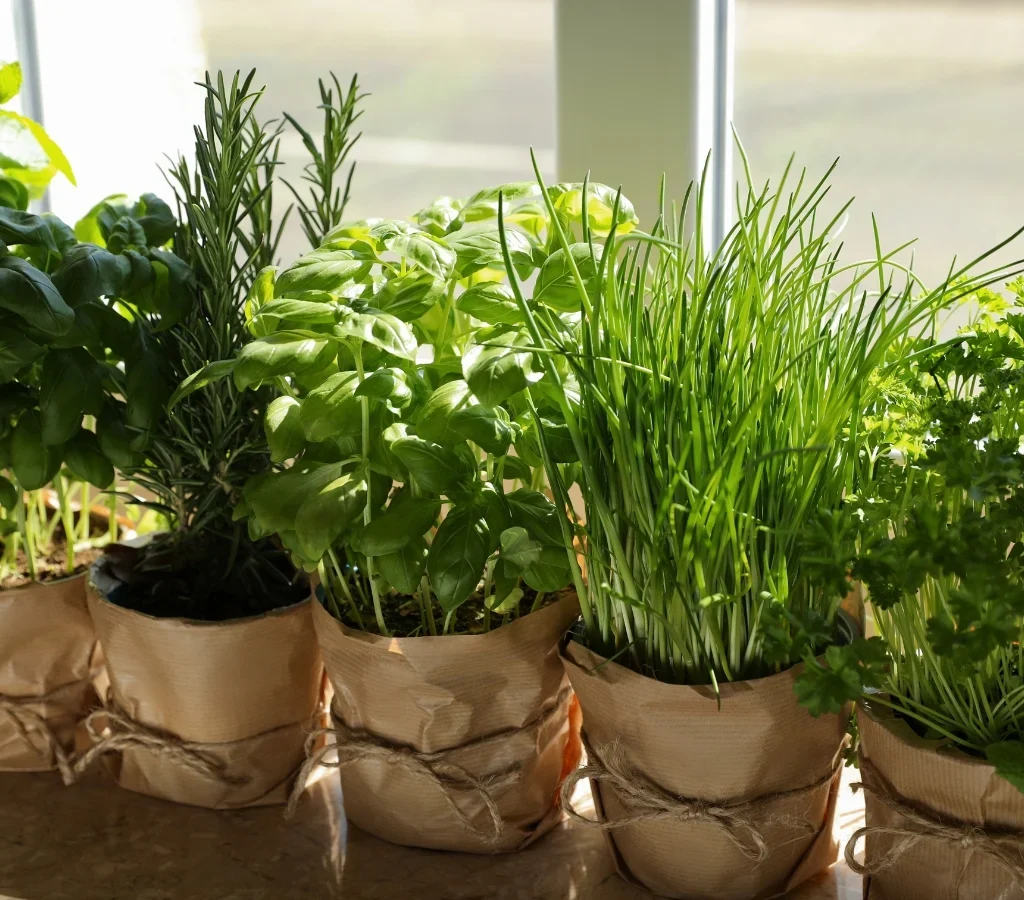
Mint is incredibly versatile — you can use its dried leaves in spice blends or allow it to flower for seeds. Indoors, mint prefers a moist but well-drained soil and indirect sunlight. Because it spreads quickly, grow it in its own container.
Pro Tip: Trim the stems regularly to prevent flowering if you want a constant supply of fresh leaves. For seeds, let the flowers dry before collecting.
8. Cumin
Cumin seeds are widely used in spice blends and have a warm, earthy flavor. Indoors, cumin grows best in bright light and warm temperatures. Plant seeds in a deep pot, as the plant develops long taproots. Keep the soil lightly moist during germination.
Harvesting: Once the flowers turn brown, cut the stalks and hang them to dry. Rub the seeds off gently and store them in airtight containers.
9. Lemongrass
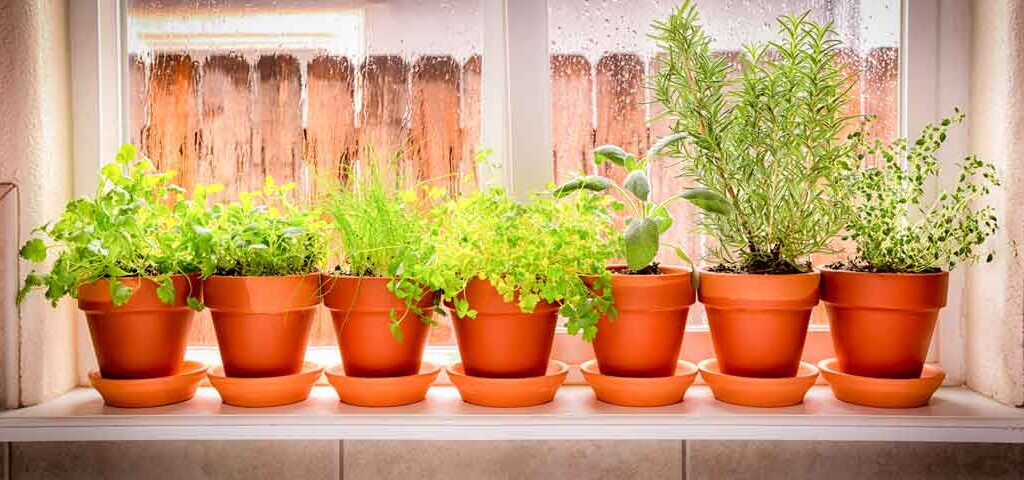
Known for its citrusy aroma, lemongrass grows easily indoors from stalks purchased at the market. Place them in water until roots develop, then transfer to a pot with well-drained soil. It loves bright, direct sunlight and regular watering.
Use: Dried lemongrass can be crushed into a powder for curries, soups, and tea blends.
10. Bay Laurel (Bay Leaves)
Bay laurel is a small evergreen tree that adapts well to pots. It needs a sunny location with at least 6 hours of light daily. The aromatic leaves can be harvested fresh or dried for use in stews, soups, and spice mixes.
Pro Tip: Prune regularly to maintain a compact shape and encourage new leaf growth.
Tips for Successful Indoor Spice Gardening
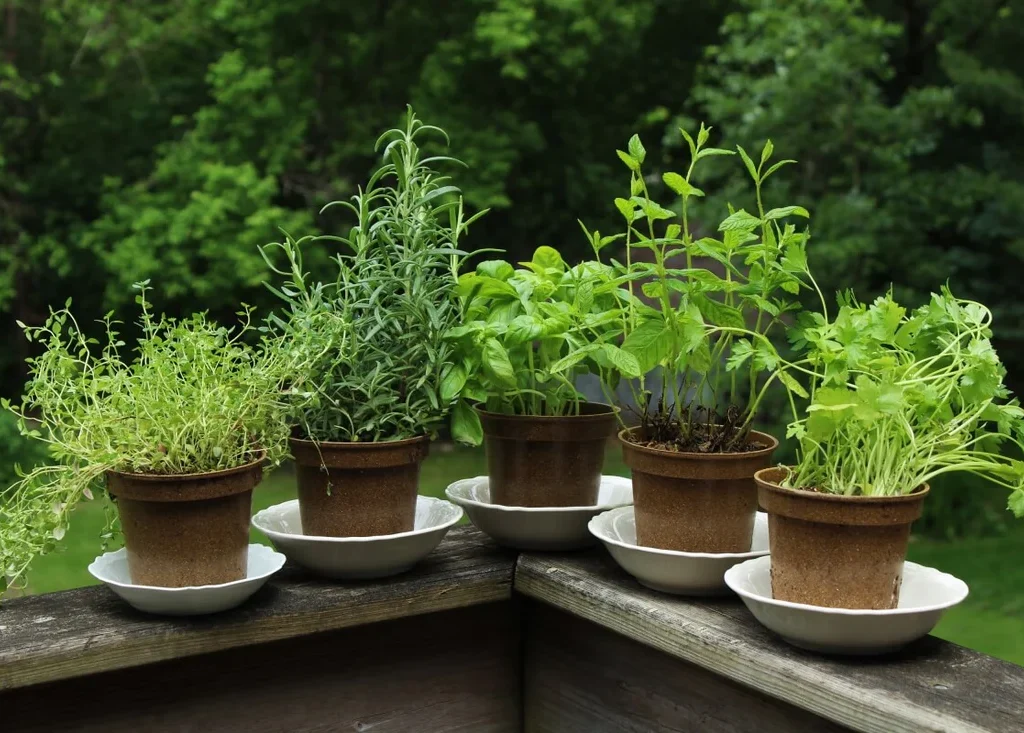
1. Light is Key
Most spice plants need 4–8 hours of sunlight daily. If your indoor space lacks light, use LED grow lights to mimic daylight.
2. Right Containers & Soil
Use pots with good drainage holes and fill them with a light, nutrient-rich potting mix. Adding compost or organic fertilizer boosts growth.
3. Watering Wisely
Overwatering is a common problem. Let the top layer of soil dry slightly before watering again. Herbs like mint enjoy more moisture, while spices like turmeric and ginger need well-drained conditions.
4. Harvesting & Storing
Harvest leaves regularly to encourage new growth. For seeds and rhizomes, wait until plants fully mature. Store dried spices in airtight jars, away from direct sunlight.
5. Pest Control
Indoors, pests like aphids and spider mites can still appear. Wipe leaves with a mild soap solution or neem oil spray to keep them under control.
Why Grow Spices Indoors?
- Freshness & Flavor – Nothing beats freshly harvested spices in your cooking.
- Year-Round Supply – Indoor gardening bypasses seasonal limitations.
- Space-Saving – Even a small windowsill can host multiple spice plants.
- Health Benefits – Many spices have medicinal properties, from boosting immunity to aiding digestion.
Final Thoughts
Growing spices indoors is a rewarding hobby that brings fragrance, flavor, and a touch of greenery into your home. From quick-growing coriander to slow-maturing turmeric, each plant offers a unique culinary benefit. With a little sunlight, care, and patience, you can enjoy a constant supply of your favorite spices — right from your own kitchen.
Start with one or two plants, learn their needs, and soon you’ll have a thriving mini spice garden ready to enhance your cooking adventures all year round.




